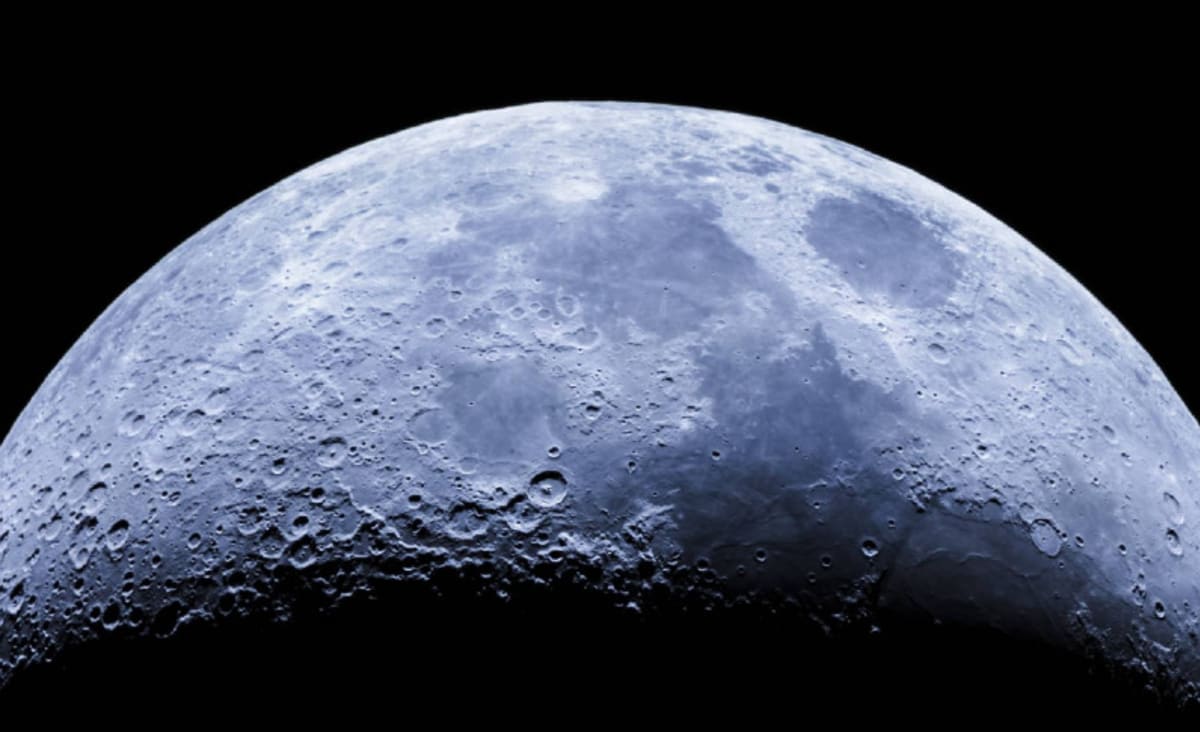
interestingengineering.com
Some lunar water may have come from Earth's atmosphere
New research conducted by University of Alaska Fairbanks Geophysical Institute scientists reveals that not all of the moon's water comes from its own surface; some of it is siloed from the Earth's atmosphere.
Science & Tech
Not all of the moon's water comes from its own surface; some of it is siloed from the Earth's atmosphere, according to new research by University of Alaska Fairbanks Geophysical Institute scientists published last month.
Water present for future moon explorers
This is good news for NASA's Artemis project, the planned long-term human presence on the moon, which will rely heavily on the moon's water supplies.
“As NASA’s Artemis team plans to build a base camp on the moon’s south pole, the water ions that originated many eons ago on Earth can be used in the astronauts’ life support system,” UAF Geophysical Institute associate research professor Gunther Kletetschka said in a statement.
The researcher and his team have estimated that the moon’s polar regions could hold up to 3,500 cubic kilometers — 840 cubic miles — or more of surface permafrost or subsurface liquid water. These deposits, they further speculate, were not created locally but rather emerged from ions that escaped Earth’s atmosphere.
Kletetschka and his colleagues suggest that hydrogen and oxygen ions are deposited on the moon when it travels through the tail of the Earth’s magnetosphere. These findings are further confirmed by recent measurements from multiple space agencies — NASA, European Space Agency, Japan Aerospace Exploration Agency, and Indian Space Research Organization — that revealed a large amount of water-forming ions present during the moon’s transit through this part of the magnetosphere.
Many sources of water
That's not the only way the moon accumulated water, however. Some of it is believed to have been deposited by asteroids and comets that collided with the moon during a period known as the Late Heavy Bombardment about 3.5 billion years ago.
In addition, solar wind is also a source of water on the moon as it carries oxygen and hydrogen ions, which may have combined and been deposited as water molecules. Regardless of where it comes from, the fact that there is water on the moon is good news for space explorers.
The study is published in the journal Scientific Reports.
Abstract:
Our Moon periodically moves through the magnetic tail of the Earth that contains terrestrial ions of hydrogen and oxygen. A possible density contrast might have been discovered that could be consistent with the presence of water phase of potential terrestrial origin. Using novel gravity aspects (descriptors) derived from harmonic potential coefficients of gravity field of the Moon, we discovered gravity strike angle anomalies that point to water phase locations in the polar regions of the Moon. Our analysis suggests that impact cratering processes were responsible for specific pore space network that were subsequently filled with the water phase filling volumes of permafrost in the lunar subsurface. In this work, we suggest the accumulation of up to ~ 3000 km3 of terrestrial water phase (Earth’s atmospheric escape) now filling the pore spaced regolith, portion of which is distributed along impact zones of the polar regions of the Moon. These unique locations serve as potential resource utilization sites for future landing exploration and habitats (e.g., NASA Artemis Plan objectives).
























































